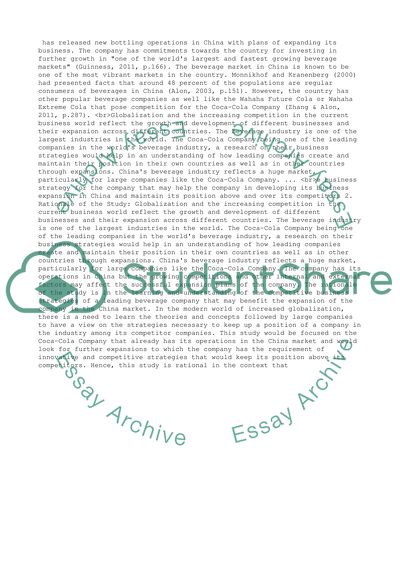Cite this document
(“What Competitive Strategy Coca Cola Should Adopt to Develop Business Dissertation - 1”, n.d.)
What Competitive Strategy Coca Cola Should Adopt to Develop Business Dissertation - 1. Retrieved from https://studentshare.org/management/1431859-dissertation-proposal-on-ypwhat-competitive
What Competitive Strategy Coca Cola Should Adopt to Develop Business Dissertation - 1. Retrieved from https://studentshare.org/management/1431859-dissertation-proposal-on-ypwhat-competitive
(What Competitive Strategy Coca Cola Should Adopt to Develop Business Dissertation - 1)
What Competitive Strategy Coca Cola Should Adopt to Develop Business Dissertation - 1. https://studentshare.org/management/1431859-dissertation-proposal-on-ypwhat-competitive.
What Competitive Strategy Coca Cola Should Adopt to Develop Business Dissertation - 1. https://studentshare.org/management/1431859-dissertation-proposal-on-ypwhat-competitive.
“What Competitive Strategy Coca Cola Should Adopt to Develop Business Dissertation - 1”, n.d. https://studentshare.org/management/1431859-dissertation-proposal-on-ypwhat-competitive.


